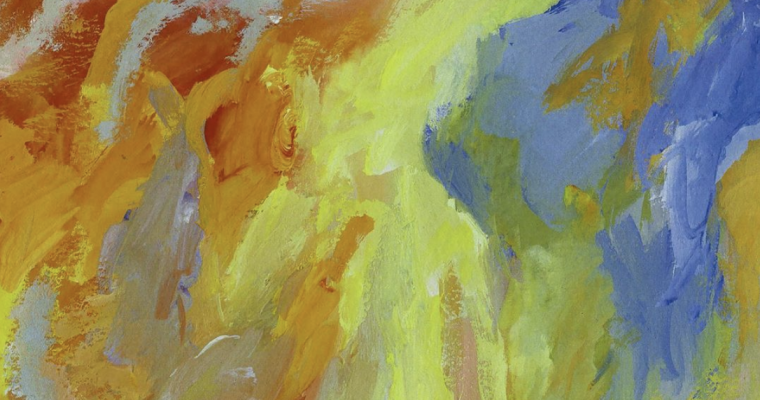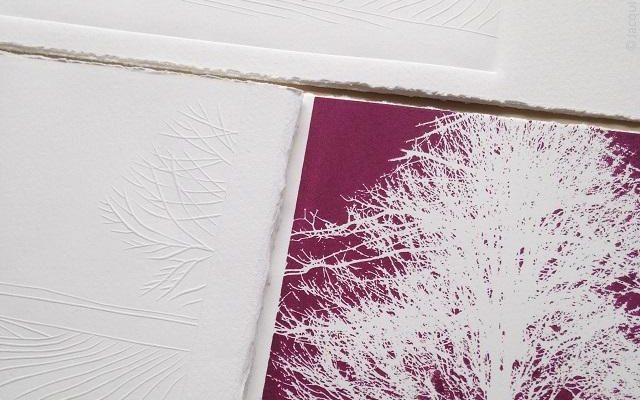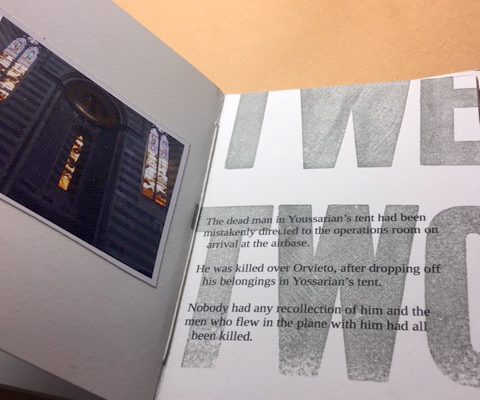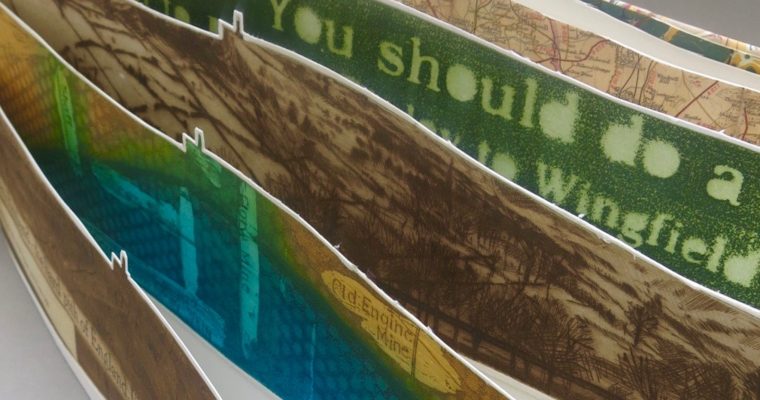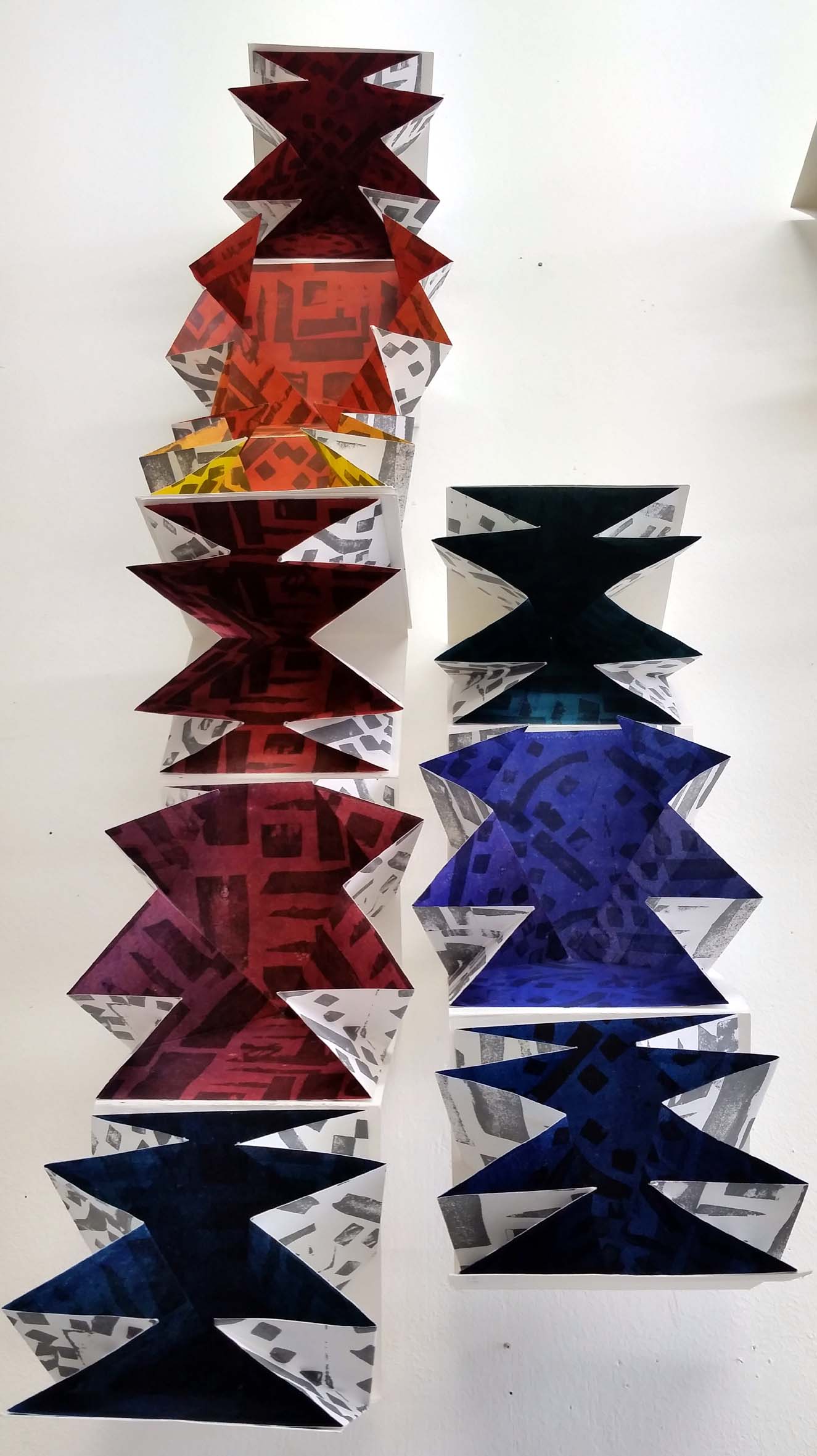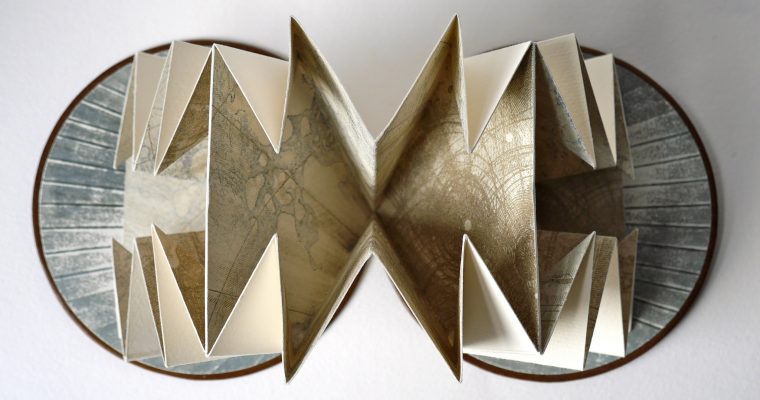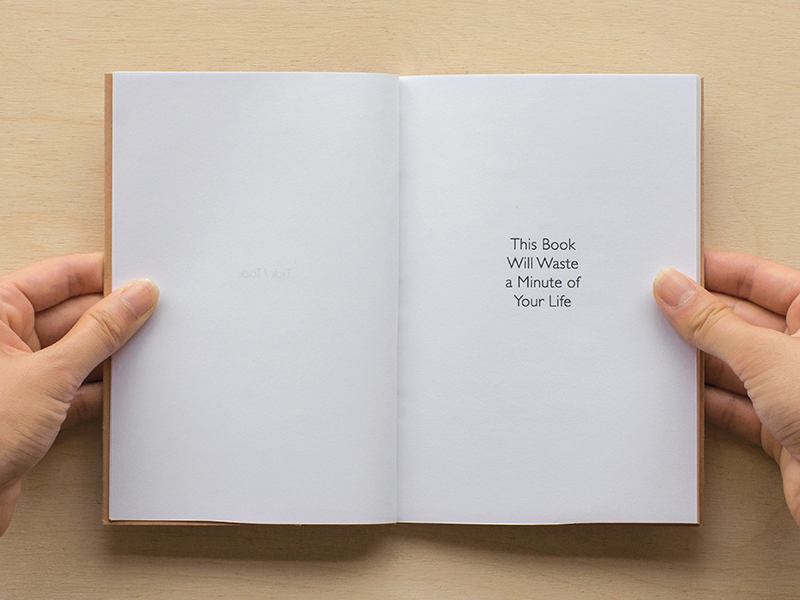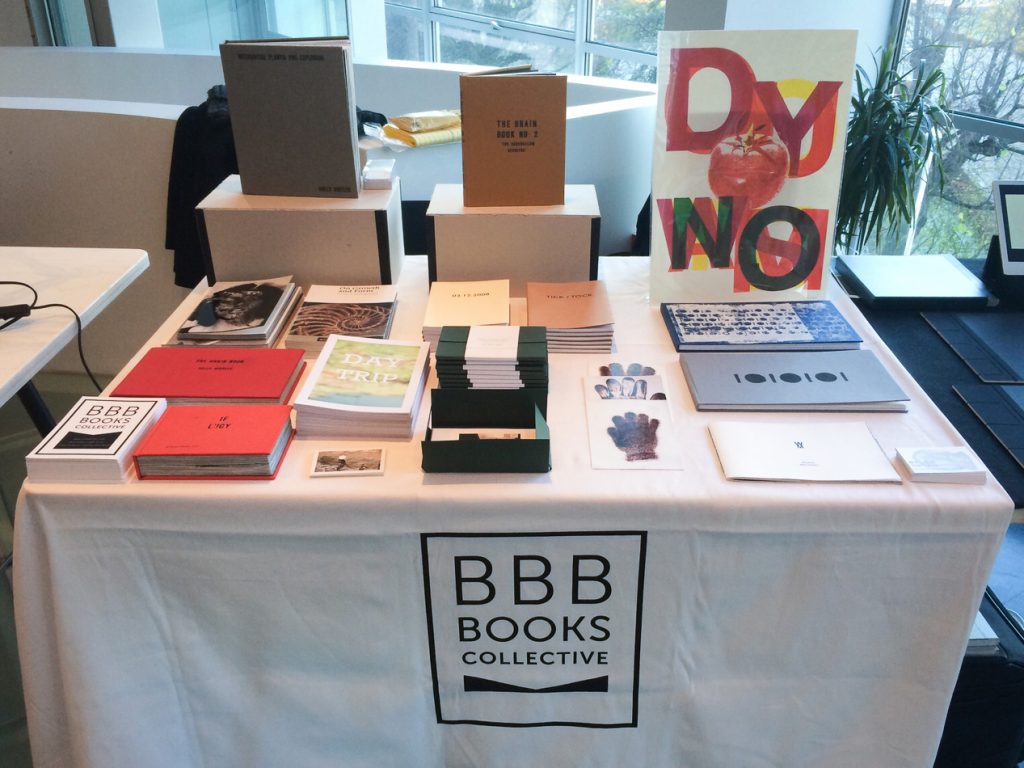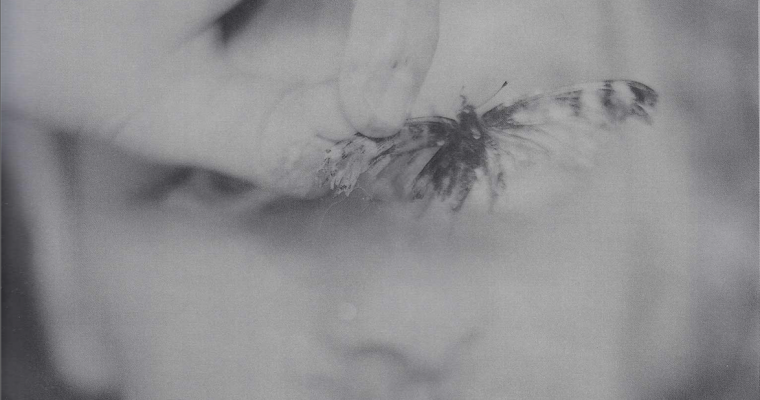How did you become
involved in artist’s books?
I became interested in artist’s
books almost 20 years ago through a friend who created artist’s books. Over the
years I visited, artists’ book fairs and attended workshops and gradually the
media formed part of my practice as a means of expression
What is the focus of your
practice?
The majority of the bookworks
form part of a larger body of work concerned with notions of memory, exploring
a personal response to and a forming a record of the constantly shifting and
multi-layered nature of memory of a particular place, in which wishful beliefs,
imagination, hard facts and dreams blend and blur over time into a personalised
version of history. It is a process that is continually explored developed and
refined as the memories themselves constantly reshape and reform assuming
greater or lesser significance, in which the memory has been reduced over time
to an abstraction of line and space, the memory-image formed by light falling
across blind embossed paper.
What are you working on at
the moment?
The current bookworks form an
aspect of an ongoing, open-ended, print-based project researching the
inter-relationship between the 2-dimensional printed image / the book format
and the sculptural form by means of hand-cutting and folding 2-dimensional
prints to create artists books and book objects.
www.arosemarywatson.co.uk
